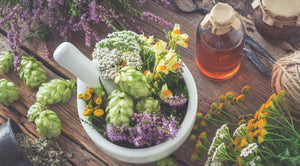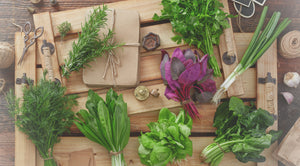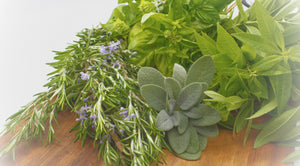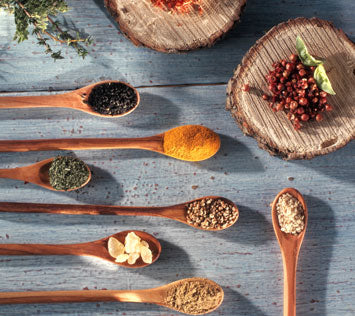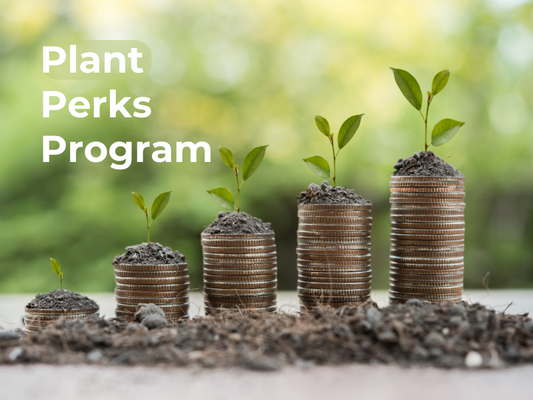One of my favorite ways to enjoy the fall season is to grow a small salad garden. I plant one salad patch in spring, which fades to my summer crop of peppers, tomatoes, and eggplant; planted among the lettuce and leaf crop for their last few weeks. Again in September, I set out started lettuce, spinach, bok choy, kale, etc. as small plants
These, grown in two raised beds about 4’ x 12’, will provide more than enough salad and greens for our house. The salad patch will produce until a freeze kills it; salad season has a definite end date where it freezes. The good news is that kale only starts to get good after a freeze; it will keep standing until picked or knocked down by winter storms. Salad green season can extend into January.
To keep eating fresh green from my little patch requires very little time or work. This simple gardening is possible because I did invest some time in preparing the soil to about two feet deep. Adding composted leaves increased the humus content; the deep digging allows for easy root growth. This bed could be any spare ground in the yard, or it could be large containers on a deck or patio. It is important that the soil be loose and weed free.
Food safety is a frequent topic in the news, growing just a token amount of your own food is a positive step towards understanding how you fit in to the corporate food chain, and maybe help find steps for improvement. So, already this salad patch has taken on larger meaning.
Supposing someone out in cyberspace actually has a place to plant, what next? Selection is the next two steps: first decide what you want to grow by deciding what you want to harvest, then choose varieties of the plants you want in your salad. So if lettuce is wanted, then decide which type, then a named variety. Looking in a seed catalog, one finds an amazing assortment of greens, a salad garden can be very complicated or very simple. Starting out it is easiest to choose mixes which will grow a certain type of salad. Example of which are: All Greens Mix, a mix of kale, mustard, tatsoi, and mizuna. Braising Mix is for stirfry, spicy Mesclun Mix, and Purple Passion Mix, which creates a beautiful salad with rich red contrasting with dark green leaves.
New plants set out in their new salad bed, will need daily watering until well rooted and safe from the last few hot days. A fertilizer such as Kelp or fish emulsion should be applied with water. This will provide nitrogen for leaf growth as well as micronutrients for the healthiest possible salads. After a few weeks of growth, it will be time to harvest. One method is to use scissors and harvest small plants. The way to prolong harvest is to remove outer leaves as ready, leaving the center to grow. Plant close and remove every other plant as they grow. You can do a combination of both, just remember the frost will take whatever is growing, so don’t wait too long to harvest.
If you are interested in growing a little salad, start small and learn as you grow. Part of the fun of gardening is thinking about what could be done next year. The Growers Exchange is dedicated to helping our customers achieve their gardening dreams. We are still a neighborhood greenhouse, despite being online. Our staff can answer garden questions; feel free to email us. Hope your fingers are dirty.
-Briscoe

